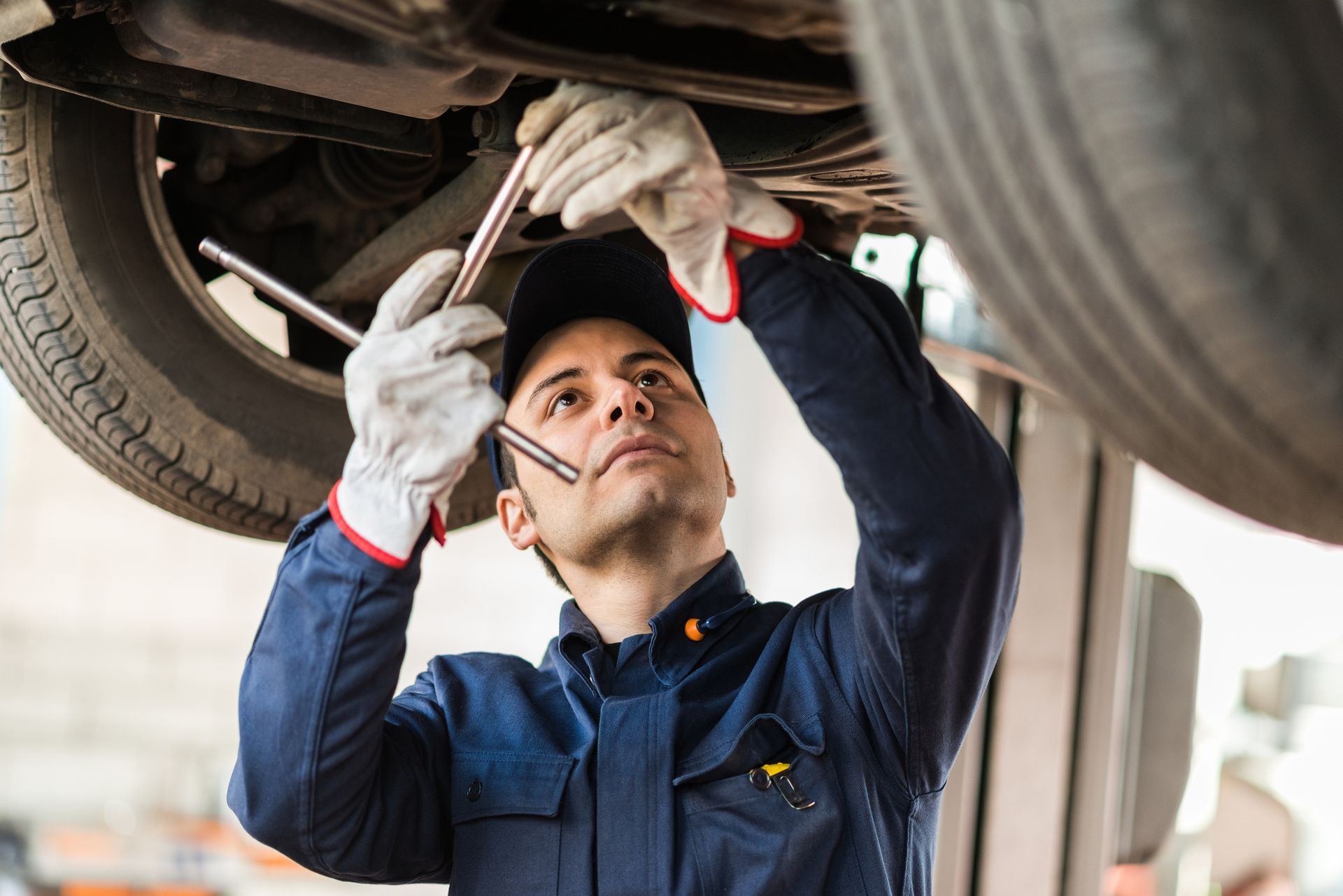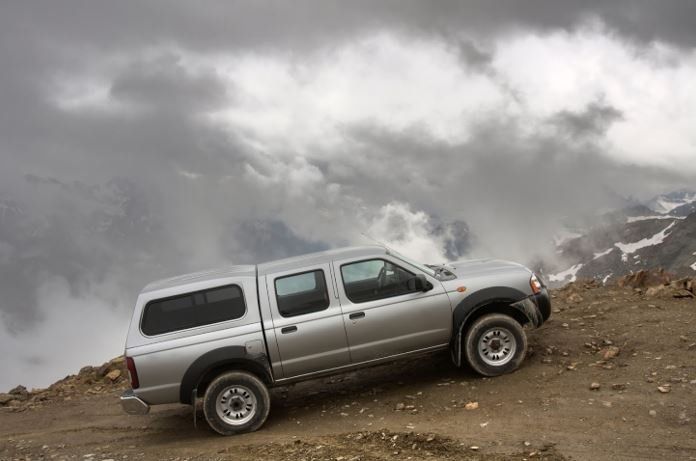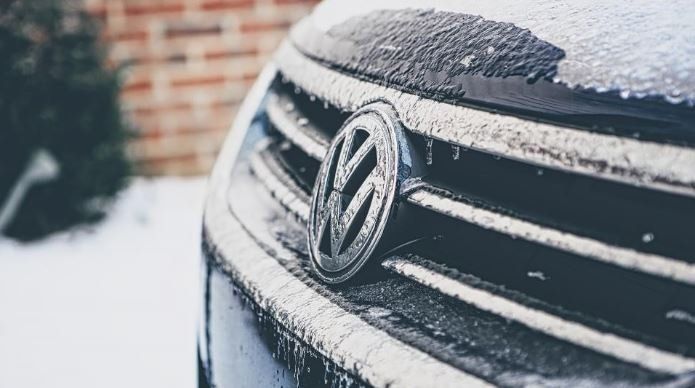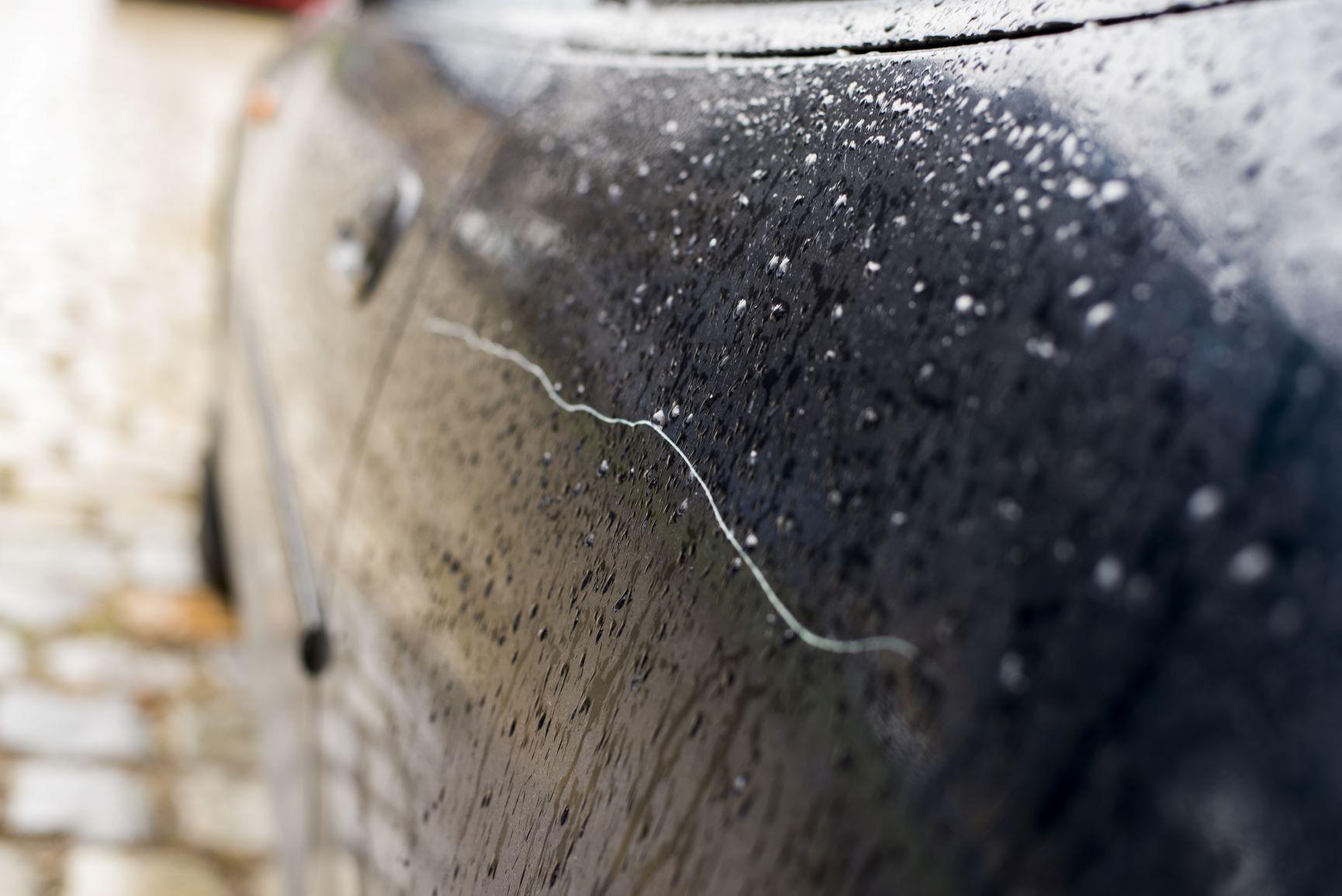About Clay Detailing | Olson’s Auto Body
• November 17, 2017
If you have had your vehicle recently painted, bought a new car or just want to restore the existing finish as much as possible, then it’s important to understand more about clay detailing. Washing and waxing your car's finish is still a vital part of the exterior detailing process, but nothing can take the place of using a clay bar to achieve the ultimate shine.
The great news for car owners is that clay detailing is simple and cost-effective. Below is how to perform clay detailing on your vehicle so that you can create a spectacular finish.
HOW CLAY DETAILING WORKS
As your car ages, its finish will be exposed to a variety of environmental contaminants that will cause dulling and pitting. These contaminants are often invisible to the naked eye, but they exist and are taking a toll on your vehicle. Some of the contaminants include brake dust, fine paint droplets, pollution, road grime and ash.While washing your car will remove dirt, tar, bird droppings and other larger contaminants, the microcontaminants above actually embed themselves into the finish and can't be removed with mere washing. However, clay is capable of grabbing these tiny particles and pulling them free from the finish.
WHAT YOU WILL NEED FOR CLAY DETAILING
It is important to buy the right clay for your vehicle. For example, ordinary modeling clay will not work, and there are also various types of detailing clay available. Some clays are more aggressive than others in how they attack the contaminants. In the hands of a professional or experienced clay user, the aggressive clays work well.
However, it is best for average car owners to use a less-aggressive clay because some harsh clays are capable of damaging finishes. As such, be sure to read product descriptions carefully before buying to ensure you find an all-purpose, midgrade clay.
Clay Lubricant
Detailing clays should never be used on a dry finish, as it will stick and could cause scratching. Instead, clays should be rubbed on wet finishes only.
There are many commercial clay lubricants available from auto parts stores and other retailers, or you may wish to make your own. You can formulate an inexpensive clay lubricant by adding one tablespoon of liquid Castile soap to two cups of warm water, and then gently stir to mix it together. Pour the completed mixture into a clean spray bottle.
Microfiber Towel
The microfiber towel is used to remove all traces of clay and lubricant once you have detailed a given area. Avoid using other types of towels because they may scratch the finish of your vehicle.
Clay Lubricant
Detailing clays should never be used on a dry finish, as it will stick and could cause scratching. Instead, clays should be rubbed on wet finishes only.
There are many commercial clay lubricants available from auto parts stores and other retailers, or you may wish to make your own. You can formulate an inexpensive clay lubricant by adding one tablespoon of liquid Castile soap to two cups of warm water, and then gently stir to mix it together. Pour the completed mixture into a clean spray bottle.
Microfiber Towel
The microfiber towel is used to remove all traces of clay and lubricant once you have detailed a given area. Avoid using other types of towels because they may scratch the finish of your vehicle.
HOW TO PERFORM CLAY DETAILING
Begin by spraying the area that will be detailed first with a clay lubricant that you either bought or made. Be sure to keep the areas relatively small, such as a three-by-three inch space, to prevent drying and possible scratching. Use a generous amount of lubricant — you can't have too much and too little will result in damage.Next, break off a piece of detailing clay and form a flat, palm-sized patty. Using back and forth motions, rub the clay over the area you just lubricated. Apply moderate pressure, but do not use excessive force — allow the clay's properties to work for you. Once you have detailed one area of the finish, use a clean microfiber towel to wipe away clay and lubricant residue.
After finishing the first area, move to an adjacent spot and repeat the steps above. Occasionally, fold the clay over on top of itself to renew its ability to pull particles out of the finish and to prevent scratching. Once the clay becomes dark or dirty throughout, change to a new piece and discard the old one.
If you have questions about your vehicle’s finish, be sure to contact us at Olson's Auto Body. Our professional staff can restore finishes and assist you with any other paint and body repair needs.











